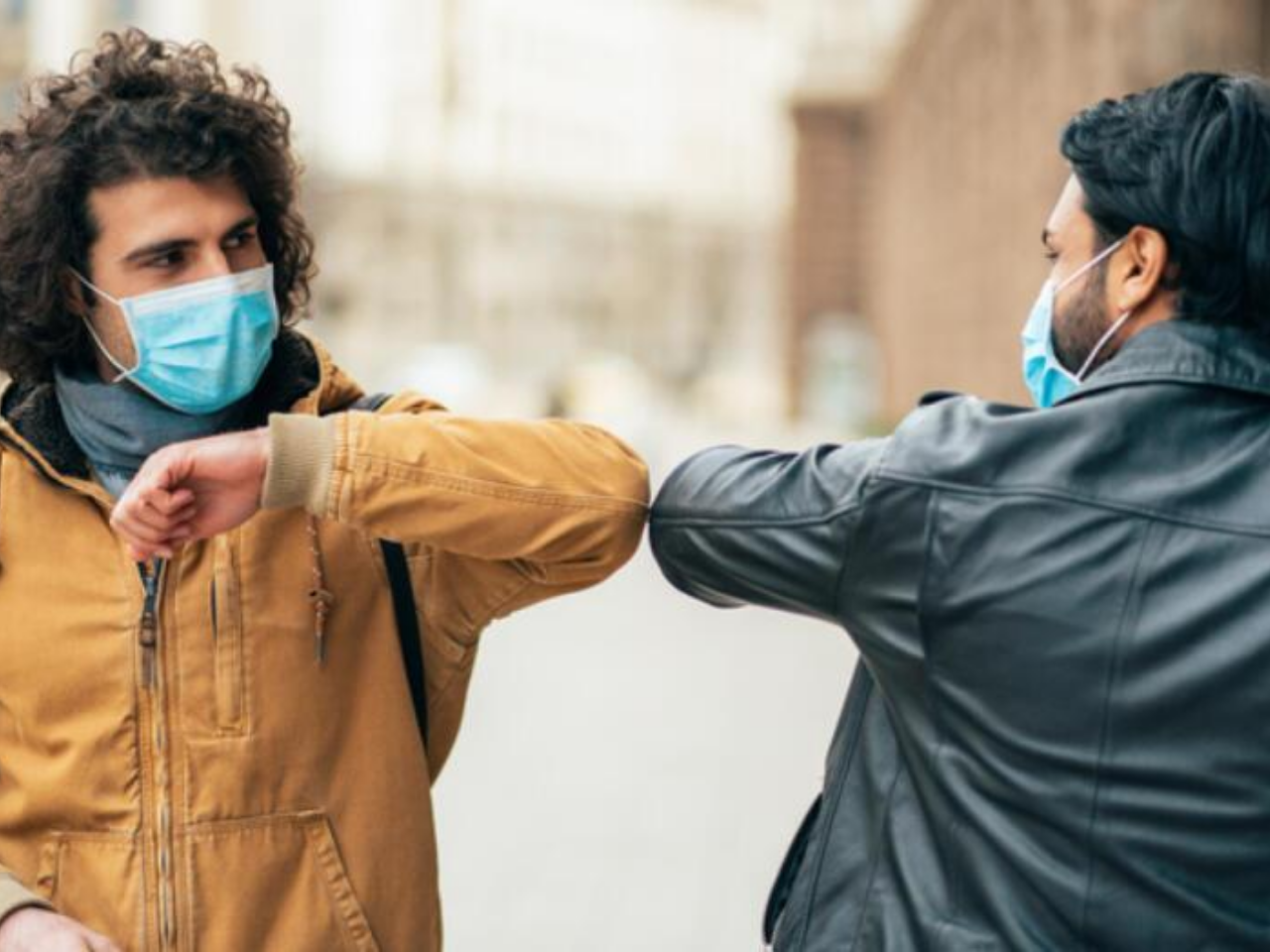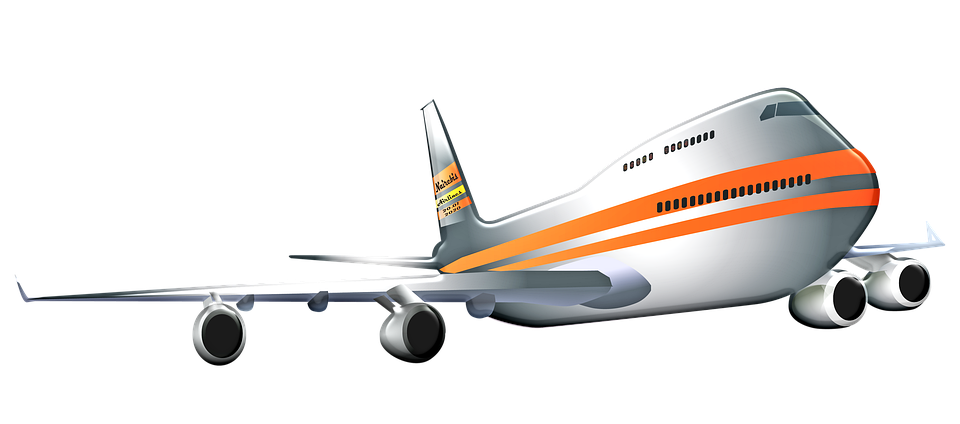
It seems that the entire world is tired of staying home for over 2 years, and travel has returned with vengeance. In fact, airline ticket sales are at their all time high and hotel prices have skyrocketed this year. People are traveling abroad despite the confusing and constantly changing policies. For example, Europe now allows […]

In March 2020, I was scheduled on a Mekong River cruise to Vietnam and Cambodia with AmaWaterways. I had booked my cabins, received my visas, and cleared my calendar. Then the world shut down. Countries closed their borders and cruise ships came to a halt. Eight months later, I still have no idea when my […]

In America, what’s a common way for a person to greet someone? A usual “Hi! Nice to meet you!” followed by a handshake is what many would think of when asked that question. What started as a Greek symbol of peace has became an everyday action now, but how do you feel about the new […]

Due to the Coronavirus, the closing of numerous states and countries have put a pause in many people’s travel plans. Though it may be a while before the tourism industry takes full flight again, the United States is beginning to ease its quarantine restrictions as states make plans to reopen. That being said, family-friendly, affordable […]

You are probably not ready to get on a plane as yet, but are thinking about it. Like me, if you are feeling trapped at home for way too long, you are day dreaming of your next getaway. As soon as it is safe, you will get on an airplane and jet set to see […]